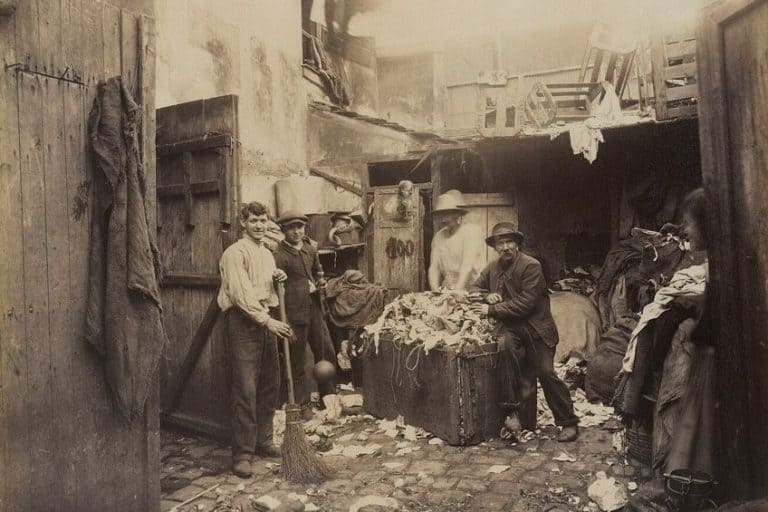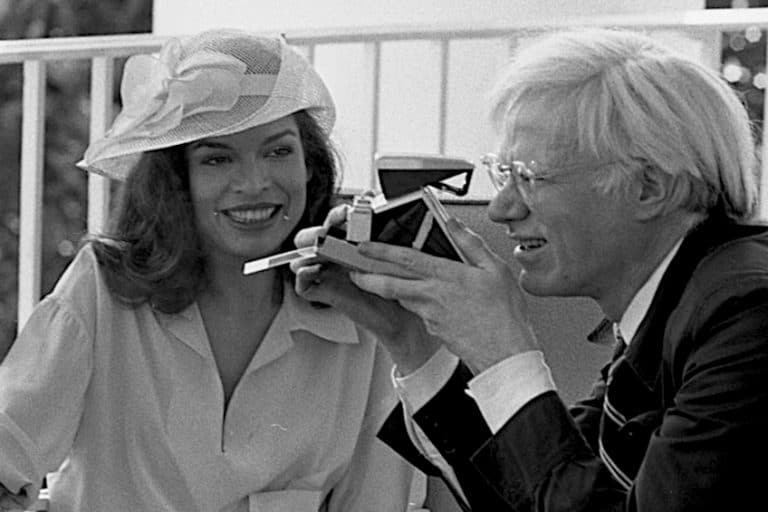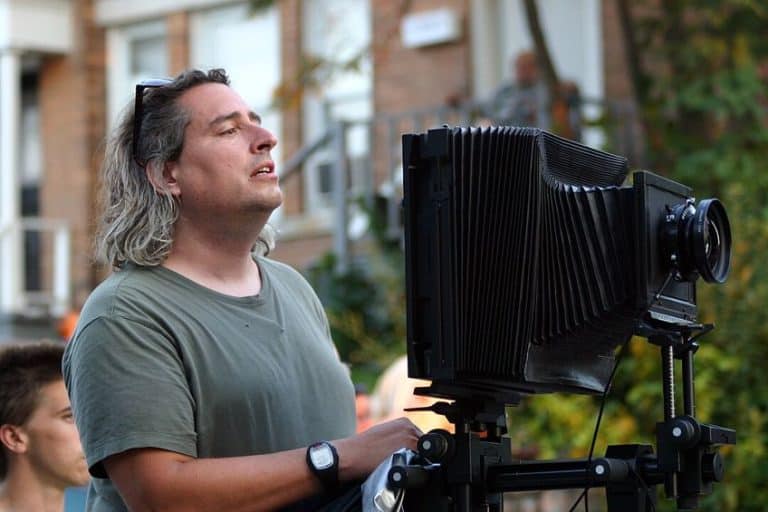Famous Photojournalists – Exploring Journalism Photographers
We live in an era where many people get their news from places like YouTube and Facebook, as almost everyone has a phone with a camera, allowing them to share their experiences with the world around them instantly. No matter what may occur, there is bound to be a group of people standing around capturing every moment with their phones. Therefore, it is not surprising that we don’t hear much about journalism photographers anymore, as it seems everyone has become one. Yet, famous photojournalists are so much more than just everyday people with phone-quality cameras; they have the ability to relay information and emotion with a single image.
The Most Famous Photojournalists
Unlike us every day folk who might just happen to be in the right place at the right time to capture a specific occurrence, famous news photographers have sought out these moments, often placing themselves in dangerous situations so that they can inform us about events around the world through images. They are able to put a spotlight on topics such as war, poverty, culture, politics, and human connection, and they enable the stories to be told of those who are normally without a voice. This article will explore the most famous international and American photojournalists that have been lauded for their achievements in the field.

Dorothea Lange (1895 – 1965)
| Artist Name | Dorothea Lange |
| Nationality | American |
| Date of Birth | 26 May 1895 |
| Date of Death | 11 October 1965 |
| Place of Birth | Hoboken, New Jersey, United States |
Dorothea Lange was a famous American photojournalist who covered the Great Depression extensively. She originally learned about photography in New York City, where she had the opportunity to intern at numerous New York photographic firms. She relocated to San Francisco in 1918 and founded a photography business. As the Great Depression hit, Langue left her photographic studio and took her camera outside, where she photographed homeless and jobless individuals. In 1935, she married an agricultural economist, and the two collaborated on research on migratory laborers, sharecropping, and poverty in the more rural areas of America.
Her images piqued the interest of many, and she was hired by the Farm Security Administration.
She received a Guggenheim Fellowship in 1941 and went on to document the life of Japanese-American citizens following Pearl Harbor. Her images are well recognized all over the globe now because they depict the genuine face of the Depression, putting human faces to dreadful circumstances and making their misery public. Lange’s images and portrayal of the era had a lasting impact on the development of documentary photography. Lange’s photos were renowned for their harsh, honest depiction of poverty and despair, with humans generally posed in realistic stances against a simple background. She utilized a large format camera to capture the texture and depth of her subjects, and she often used extreme contrast to emphasize the drama of her photos.
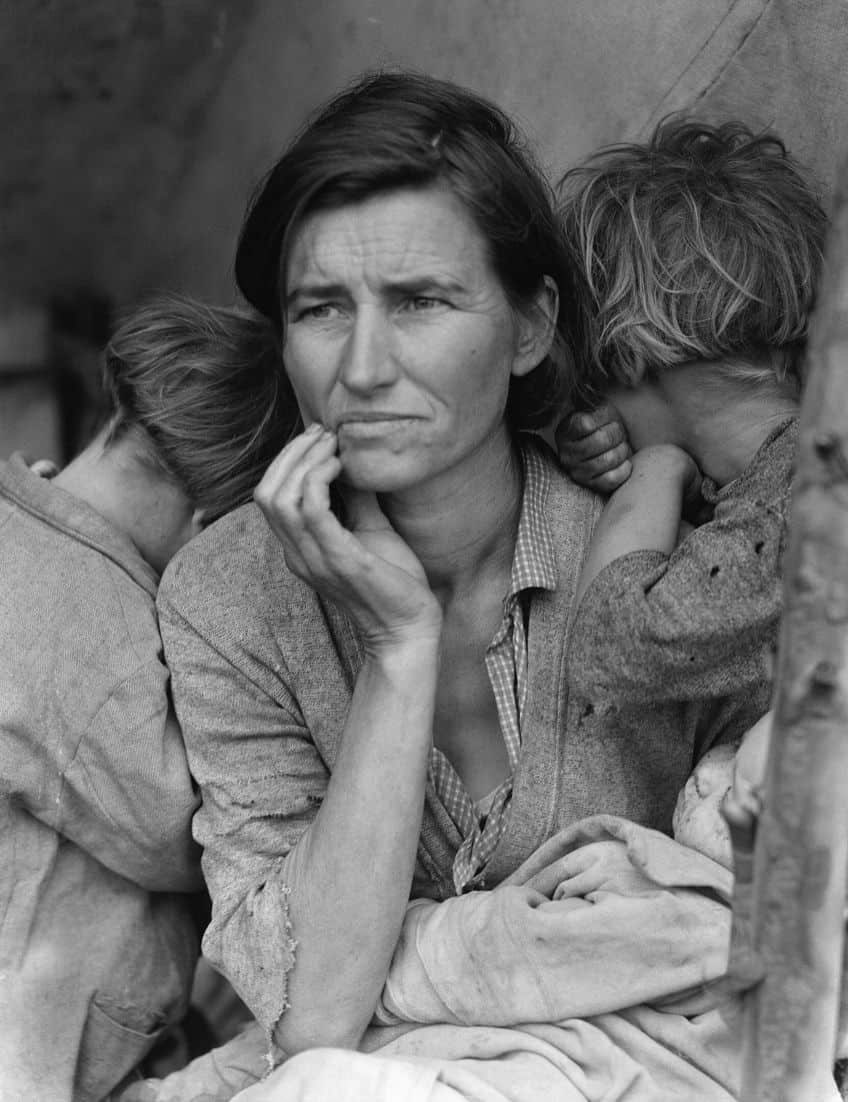
Margaret Bourke-White (1904 – 1971)
| Artist Name | Margaret Bourke-White |
| Nationality | American |
| Date of Birth | 14 June 1904 |
| Date of Death | 27 August 1971 |
| Place of Birth | The Bronx, New York City, United States |
Margaret Bourke-White was the very first of the famous news photographers. Bourke-White was born in the city of New York and studied photography at the Clarence H. White School of Photography from 1921 to 1922. She followed a profession in photography after her college graduation in 1927 and founded a photographic studio in Cleveland. Her industrial photography there attracted the interest of Fortune editor Henry Luce, who recruited her in 1929 and sent her to the Soviet Union the following year when she was the very first foreign photographer to cover Soviet industry. In the autumn of 1936, Henry Luce hired Bourke-White as a staff photographer for his newly launched Life magazine.
She was one of the original four photographers employed, and her image of Fort Peck Dam appeared on the debut cover.
Throughout World War II, Bourke-White published a series of photo essays on the turbulence in Europe over the following several years. She was the first Western photographer there during the German invasion of Moscow in 1941, the first woman to join Air Corps personnel on bombing flights in 1942, and she journeyed through Germany with Patton’s army in 1945 as it freed many concentration centers. Her incredible photojournalism proved her unique ability to convey the ferocity of important historical events while maintaining formal ties and aesthetic concerns. Throughout the 1930s and 1940s, she was one of the most famous photojournalists in the country, and her documentary works were among the most popular of their time.

Henri Cartier-Bresson (1908 – 2004)
| Artist Name | Henri Cartier-Bresson |
| Nationality | French |
| Date of Birth | 22 August 1908 |
| Date of Death | 3 August 2004 |
| Place of Birth | Chanteloup-en-Brie, France |
In the 1930s, Cartier-Bresson started off as a photojournalist for magazines like Life and Vu. He was noted for his amazing ability to shoot pivotal moments – those transitory instances that convey the essence of a scene – as well as his proficiency with a compact, lightweight Leica camera that enabled him to take photos fast and quietly. He was a founding member of Magnum Photos, a photography cooperative founded in 1947 to enable photographers to have ownership of their photographs and to encourage the perception of photojournalism as a legitimate form of art. Cartier-Bresson traveled extensively during his lifetime, capturing important events like the liberation of Paris in 1944, the Spanish Civil War, and the death of Mahatma Gandhi four years later.
He also wrote many books, notably the highly regarded The Decisive Moment (1952).
He is admired for his blend of technical virtuosity, compositional mastery, and humanitarian ideals. His photos reflect the beauty and complexities of the world around us, and his commitment to using photography to explore and comprehend the human condition has had a considerable impact on the discipline. He was an expert in candid photography, photographing people and situations in an inconspicuous manner that enabled him to portray his subjects’ raw emotions and energy. Cartier-Bresson was a black-and-white photography master too, employing light and shadow to produce photographs that are both powerful and nuanced. He was extremely good at manipulating depth of field to add dimension to his photos.
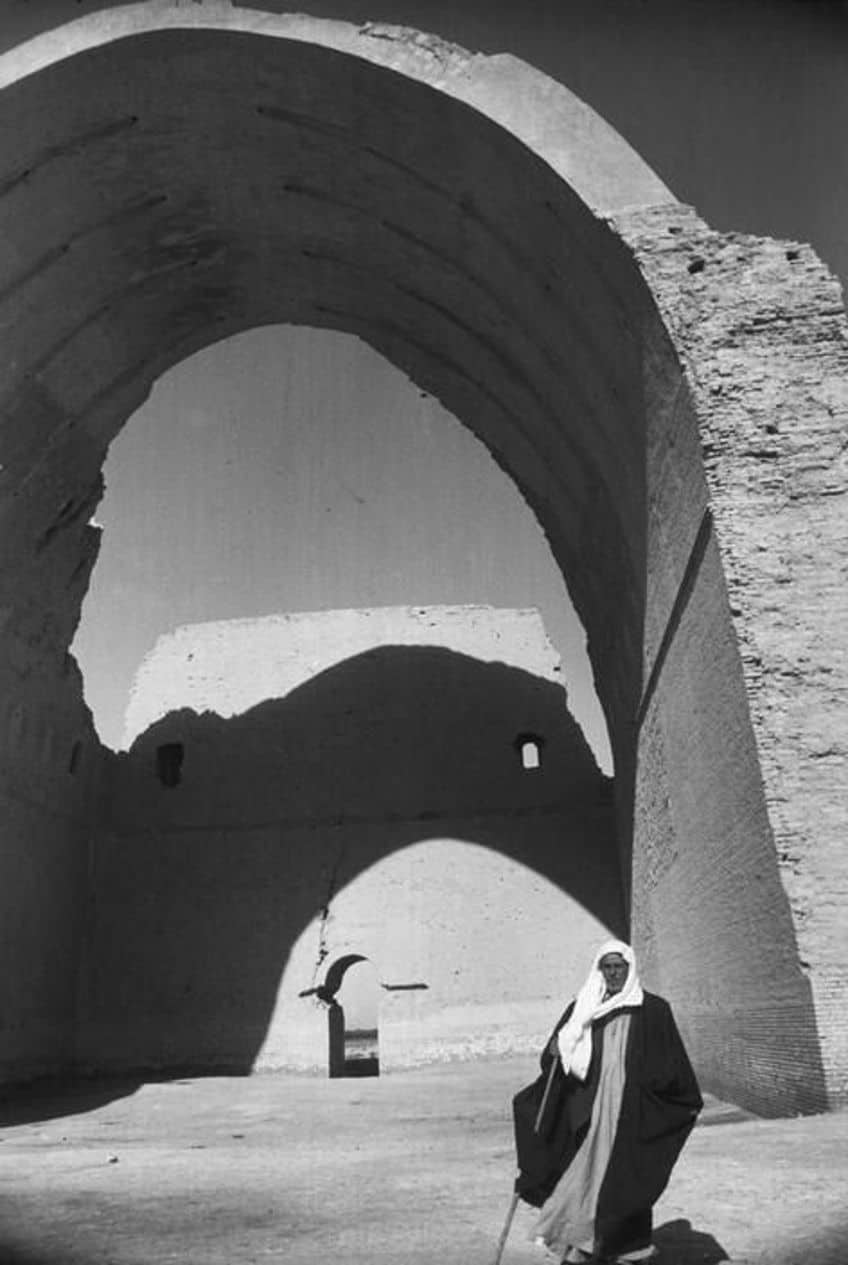
David Seymour (1911 – 1956)
| Artist Name | David Seymour |
| Nationality | Polish |
| Date of Birth | 20 November 1911 |
| Date of Death | 10 November, 1956 |
| Place of Birth | Warsaw, Poland |
Seymour was born Dawid Szymin on the 20th of November, 1911 in Warsaw. His parents ran a publishing firm that published books in Yiddish and Hebrew. When WWI broke out, the Szymins relocated to Odessa. As the military battle finished, they returned to Poland. David Seymour was a voracious reader. He was proficient in at least four different languages and was also a fantastic pianist. After returning to Poland with his family, he went to Leipzig to study printing technology. Seymour then returned to Poland in 1931, but due to the country’s severe economic and political condition, he relocated to Paris the following year to pursue both physics and chemistry at the Sorbonne. Seymour’s upkeep was a financial strain for his parents.
Conscience compelled him to begin working while still learning.
Seymour’s first employer was David Rappaport, a family acquaintance who ran a local photography studio. Seymour was initially in charge of technical issues, but his supervisor immediately recognized his aptitude and willingness to learn. Seymour began portraying the Parisian working class, and his images were soon published in several illustrated journals. The magazine chose to send the young 25-year-old photojournalist, who was especially sympathetic to the individuals being photographed, to the Spanish Civil War. The photographs of the front lines, trenches, and civilian misery established his reputation and catapulted him to the status of one of the world’s most famous photojournalists.
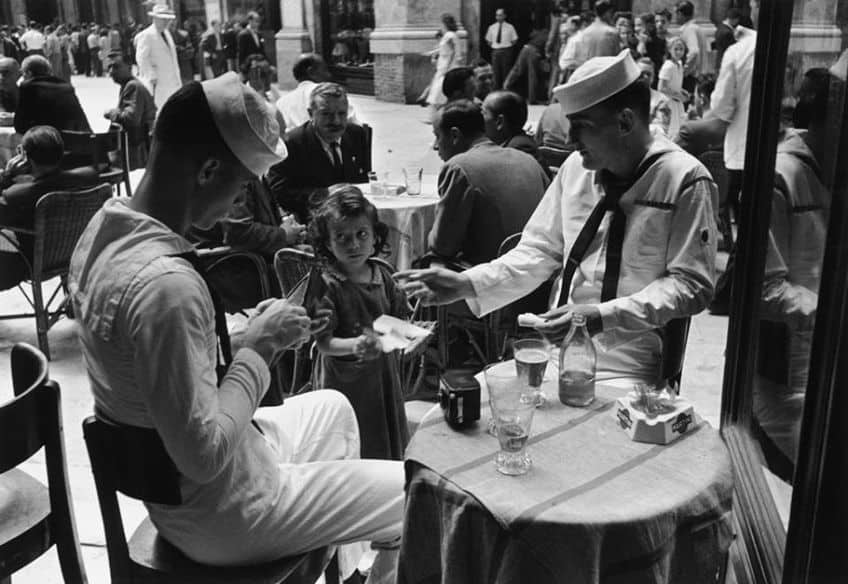
Robert Doisneau (1912 – 1994)
| Artist Name | Robert Doisneau |
| Nationality | French |
| Date of Birth | 14 April 1912 |
| Date of Death | 1 April 1994 |
| Place of Birth | Gentilly, France |
Robert Doisneau is an internationally recognized French photographer who, together with Henri Cartier-Bresson, paved the way for a new direction in photojournalism. He is well-known for photographing ironic images in addition to visual juxtapositions. At the age of 13, he enrolled in a craft school and was educated in the arts, engaging in figure and still life drawing and obtaining diplomas in engraving and lithography. Doisneau first discovered photography at the age of 16, and according to many people who knew him personally, he was so introverted that he mainly photographed cobblestones. He eventually began taking photo portraits of young children and subsequently adults.
In the 1920s, he worked as a lettering artist for Atelier Ullmann, a pharmaceutical advertising company.
He also worked as a camera assistant at the studio, eventually rising to the position of staff photographer. He submitted his first photo story to Excelsior newspaper in 1932, which they subsequently bought and published. He then began working with freelance advertising services and the production of postcard photographs in 1939. He was drafted later that year as a soldier and photographer. He put his abilities to work by forging identifying documents and passports. He captured the Battle of Paris around this time. Following the war, he photographed for Life magazine as well as Paris Vogue, shooting fashion and high-end photography.

Robert Capa (1913 – 1954)
| Artist Name | Robert Capa |
| Nationality | Hungarian-American |
| Date of Birth | 22 October 1913 |
| Date of Death | 25 May 1954 |
| Place of Birth | Budapest, Hungary |
Robert Capa is well-known for his warfare photographs from WWII, as well as his bravery and courage, and his participation with Magnum Photos. His career as a photographer after he was just 18 years of age after he left Hungary for Berlin, where he started working as a darkroom apprentice. He also dabbled in photography and was able to take photos of Leon Trotsky. After Hitler came to power, Capa moved to Paris, where he tried to make a living as a freelance journalist. However, the photographer’s name was not actually Robert Capa – he was in fact, born Endre Friedman and only changed his name after moving to Paris.
Friedman and his fiancée established a company in the guise of a fake “rich and famous” Robert Capa, whom they asserted was an American photographer on vacation in France.
Friedmann took the photos, his fiancée sold them for at least 150 francs each, and all attribution was given to the fictitious Capa. Lucien Vogel, the editor of Vue, discovered the secret but dispatched the two to Spain, where Capa captured one of his most iconic images of a dying Spanish soldier. His fiancée passed away during their search for noteworthy moments to photograph, and following her death, he traveled to China to document the Battle of Taierchwang. Capa died on the 25th of May, 1954, after walking on a landmine.
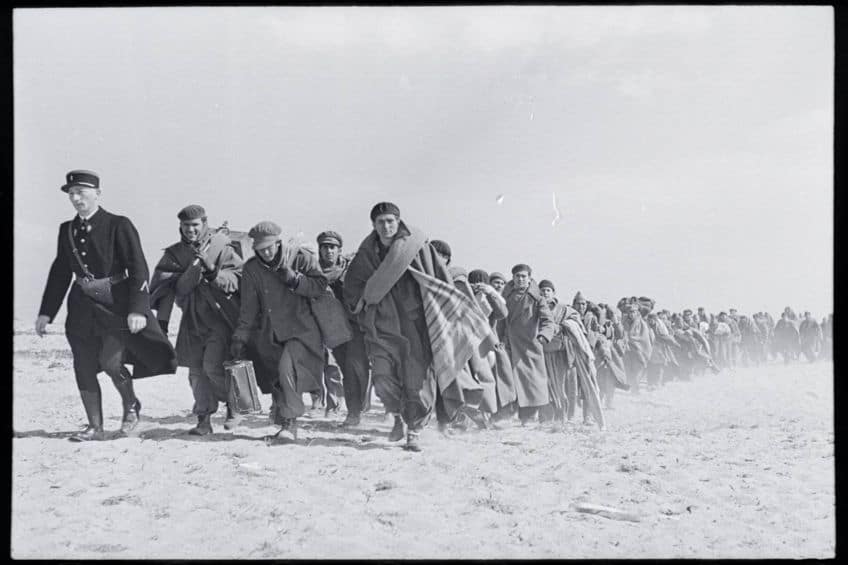
Robert Frank (1924 – 2019)
| Artist Name | Robert Frank |
| Nationality | Swiss |
| Date of Birth | 9 November 1924 |
| Date of Death | 9 September 2019 |
| Place of Birth | Zürich, Switzerland |
Robert Frank was born in Switzerland, and with the publication of his book Les Americains, he rose to prominence in both American film and photography. He was born into an affluent Jewish family, but when Hitler assumed power, despite the fact that his family was safe in Switzerland, Frank faced widespread tyranny. To escape the persecution, Frank took up photography, and in 1946 he published his first book of images, 40 Fotos.
He came to the United States a year later to work as a fashion photographer for the renowned magazine, Harper’s Bazaar.
In 1950, he released a book of images he took in Peru, and the following year, he took part in the exhibition 51 American Photographers at the Museum of Modern Art. Frank disliked the American way of life while in the country. He regarded it as too fast-paced and overly reliant on money, something he wanted to avoid at home. He described the United States as lonely and desolate, a motif that goes throughout Les Americains. He then became a photojournalist for Vogue, Fortune, and McCall’s.
Eddie Adams (1933 – 2004)
| Artist Name | Eddie Adams |
| Nationality | American |
| Date of Birth | 12 June 1933 |
| Date of Death | 18 September 2004 |
| Place of Birth | New Kensington, Pennsylvania, United States |
Eddie Adams’ name, like many others on this list, is associated with a single image. Adams claimed the imagery, which he dubbed Saigon, 1968 (1968) tormented him for the rest of his life. Although having documented 13 different conflicts, he is most renowned for his photography from the Vietnam War. Although these photographs are extensively recognized, acclaimed, and examined now, they were never released as a book prior to his death in 2004. Many believe this is due to Adams’s perfectionist tendencies, which frequently slowed or interrupted the publication process.
During the Korean War, he served in the United States Marine Corps as a combat photographer.
He was dispatched there to photograph the Demilitarized Zone, and he finished the job in just over a month. Adams rose to prominence while working for the Associated Press during the Vietnam War, where he captured several photos of Vietnamese refugees attempting to flee in a photo essay titled The Boat of No Smiles. Adams’ photographs significantly altered American perceptions of the conflict, even persuading President Carter to grant sanctuary to 200,000 refugees.

Philip Jones Griffiths (1936 – 2008)
| Artist Name | Philip Jones Griffiths |
| Nationality | Welsh |
| Date of Birth | 18 February 1936 |
| Date of Death | 19 March 2008 |
| Place of Birth | Rhuddian, Wales, United Kingdom |
The Welsh journalism photographer, Philip Jones Griffiths, was most renowned for his Vietnam War coverage. He was raised in Rhuddlan, North Wales, and attended Liverpool University before pursuing photography. In the 1960s, Griffiths started out as a freelance photographer, working for publications such as The Sunday Times and The Observer. Magnum Photos hired him in 1966 to document the Vietnam War, which he undertook for the following three years. Griffiths’ Vietnam photos are widely acknowledged as among the most significant and compelling images of the conflict. His photography book Vietnam Inc. (1971) is a seminal piece that reveals the horrors of the war and its repercussions on Vietnamese citizens. At the time, the book was extremely controversial and was blacklisted in certain nations.
Griffiths’ photography is characterized by his dedication to chronicling the real cost of war and his capacity to communicate the dignity and humanity of his subjects even in the most trying of conditions.
Griffiths also covered conflicts in Bangladesh, Cyprus, and Northern Ireland, along with social concerns in the United Kingdom and America, in addition to the Vietnam War. He wrote many books, notably Dark Odyssey (1997), a retrospective of his oeuvre, as well as Agent Orange: Collateral Destruction in Vietnam (2003), which examines the long-term repercussions of the chemical defoliant employed by the American military in Vietnam. He was a highly-acclaimed photographer who received many awards and honors during his lifetime, including the World Press Photo of the Year Award, the Robert Capa Gold Medal, and the Cornell Capa Lifetime Achievement Award. He died in 2008, leaving behind a significant legacy as one of the most famous photojournalists of the 20th century.
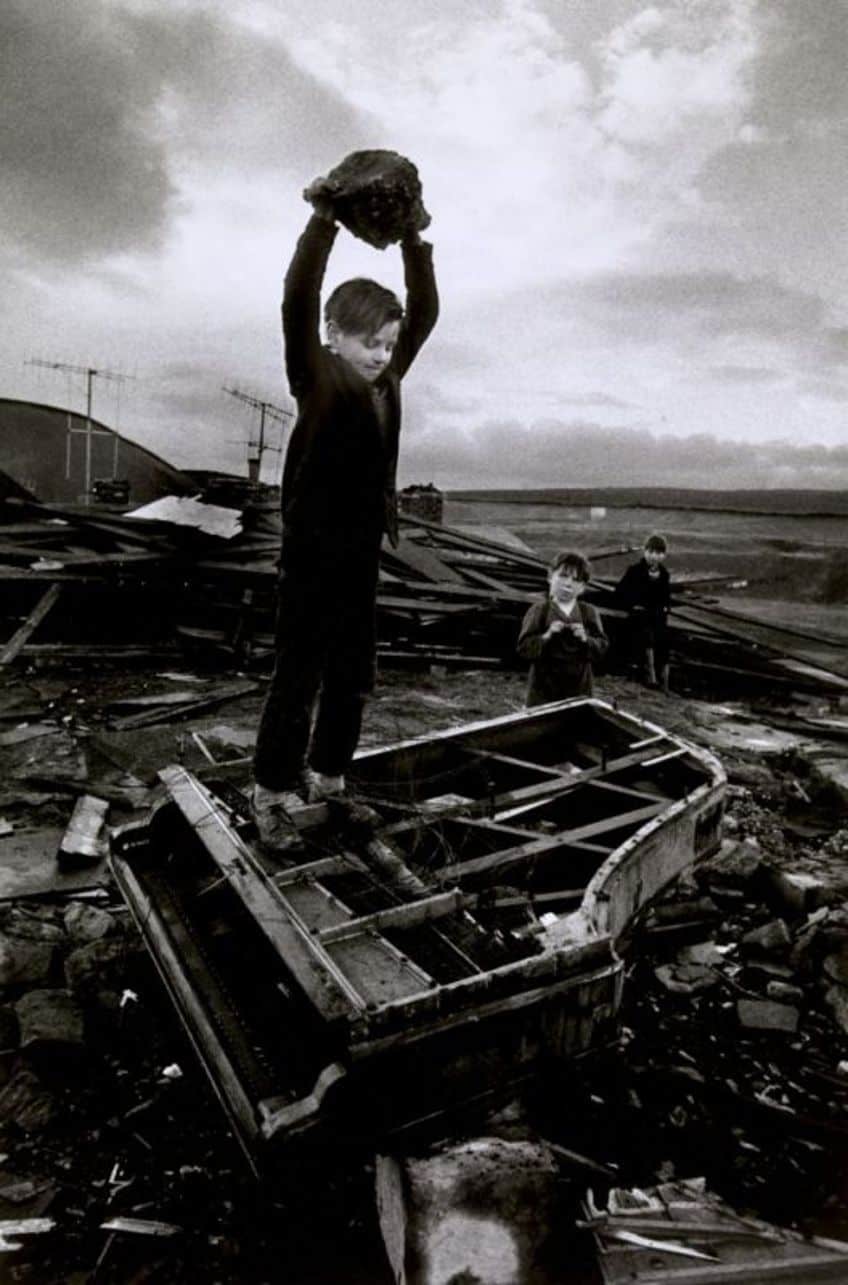
David Burnett (1946 – Present)
| Artist Name | David Burnett |
| Nationality | American |
| Date of Birth | 7 September 1946 |
| Date of Death | Present |
| Place of Birth | Salt Lake City, Utah, United States |
David Burnett is a photographer from the United States who has captured important cultural and political events throughout his lifetime. He was born in Salt Lake City, Utah, and grew up in California before attending Colorado College to study sociology and political science. Burnett started working as a freelance photographer after college, and his first notable project was documenting the Vietnam War for Time magazine. He then went on to work for a variety of other publications, including Newsweek, Life, and Sports Illustrated, and has documented everything from election races and confrontations to sporting and cultural events. Burnett is well-known for his use of available light and fondness for black-and-white photography.
He has also experimented with other photographic methods, such as extended exposures and double exposures, to create one-of-a-kind and eye-catching photos.
His images have become iconic portrayals of significant historical events, generally focusing on portraying the human experience in moments of victory and sorrow. Burnett’s coverage of the Vietnam War, the collapse of the Berlin Wall, the Iran hostage crisis, and the 1992 Summer Olympics in Barcelona are among his most renowned works. He has also photographed several international leaders, including Fidel Castro, Nelson Mandela, and Bill Clinton, and has covered numerous political campaigns. Burnett has co-founded two photo companies and produced many books of his photographs in addition to his work as a photojournalist. He has remained devoted to his career and passion as a photographer even after launching his own photography business.

That completes our look at the most famous photojournalists from around the world. These famous news photographers brought the realities and horrors of the world into the spotlight, enabling society at large to witness and respond to the atrocities of modern life and warfare. Thanks to these journalism photographers, awareness can be raised about these injustices. They not only revealed the evils of the world but also depicted the humanity of those who suffer as a result of these conflicts.
Take a look at our photojournalists webstory here!
Frequently Asked Questions
What Do Photojournalists Do?
A professional photographer who focuses on capturing photographs that tell a story is known as a photojournalist. They provide visual material for papers, magazines, internet sites, and other media sources to supplement news pieces, features, and other written content. Political rallies, sporting events, natural catastrophes, and cultural festivals are all covered by photojournalists. They use their cameras to capture photographs that reflect the drama and significance of real-life events as they happen.
Do You Need to Study to Become a Photojournalist?
While a formal education is not usually essential to become a photojournalist, it may be beneficial in acquiring the requisite skills and expertise. Several universities and colleges include photography programs that may teach prospective photojournalists about the technical aspects of photography in addition to visual storytelling, ethics, and other critical skills. Other photojournalists, on the other hand, may develop their talents via hands-on experiences, such as working as a photojournalist for a newspaper.
Jordan Anthony is a film photographer, curator, and arts writer based in Cape Town, South Africa. Anthony schooled in Durban and graduated from the University of the Witwatersrand, Johannesburg, with a Bachelor of Art in Fine Arts. During her studies, she explored additional electives in archaeology and psychology, while focusing on themes such as healing, identity, dreams, and intuitive creation in her Contemporary art practice. She has since worked and collaborated with various professionals in the local art industry, including the KZNSA Gallery in Durban (with Strauss & Co.), Turbine Art Fair (via overheard in the gallery), and the Wits Art Museum.
Anthony’s interests include subjects and themes related to philosophy, memory, and esotericism. Her personal photography archive traces her exploration of film through abstract manipulations of color, portraiture, candid photography, and urban landscapes. Her favorite art movements include Surrealism and Fluxus, as well as art produced by ancient civilizations. Anthony’s earliest encounters with art began in childhood with a book on Salvador Dalí and imagery from old recipe books, medical books, and religious literature. She also enjoys the allure of found objects, brown noise, and constellations.
Learn more about Jordan Anthony and the Art in Context Team.
Cite this Article
Jordan, Anthony, “Famous Photojournalists – Exploring Journalism Photographers.” Art in Context. June 5, 2023. URL: https://artincontext.org/famous-photojournalists/
Anthony, J. (2023, 5 June). Famous Photojournalists – Exploring Journalism Photographers. Art in Context. https://artincontext.org/famous-photojournalists/
Anthony, Jordan. “Famous Photojournalists – Exploring Journalism Photographers.” Art in Context, June 5, 2023. https://artincontext.org/famous-photojournalists/.



